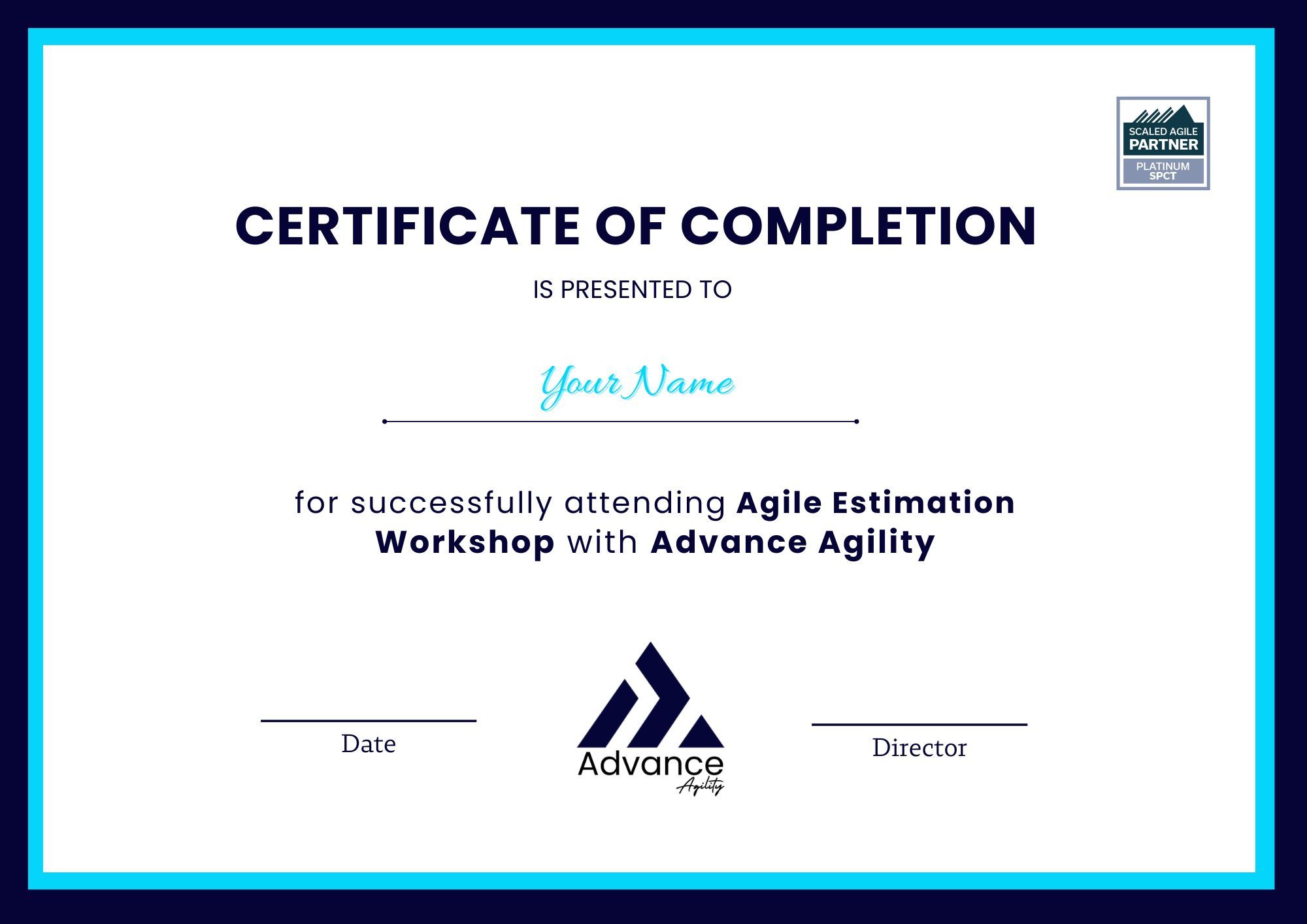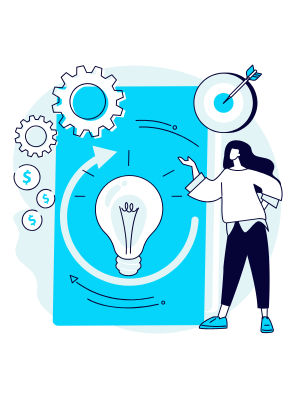Register today and get 10% off on all courses
Coupon Code: DIS10*
Register today and get 10% off on all courses
Coupon Code: DIS10*

“We’re Agile, so we don’t need to estimate” Wrong!
Date
30 Dec
Time
4:00 AM - 8:00 AM (EST)
4.9/5
4.9/5
Upcoming Events
+
+
+
Agile Estimation
Agile Estimation is an approach within Agile methodology which equips the professionals with hands-on proficiency in estimation techniques, elevate their collaborative capabilities within Agile teams. It facilitates effective planning and decision-making, promoting adaptability and teamwork in Agile projects. This approach aligns with Safe PO practices and is essential for individuals preparing for the Agile, SAFe Agilst exam.
What is Story point estimation?
Story point estimation metrics is used in Agile project development and serve as a unit where teams assess the relative effort and complexity of individual user stories or tasks instead of relying on specific time-based estimations such as hours or days to foster adaptability and collaborative planning in the face of uncertainties.
Planning Poker
One of the most commonly adopted Agile estimation techniques is planning poker. Within project management, development teams utilize planning poker, often referred to as "scrum poker" or "pointing poker," as a gamified technique for estimating the effort involved in project tasks. Team members cast anonymous votes for estimating an item using uniquely numbered playing cards. The process is repeated until the entire team reaches a consensus about the accurate estimation. The distinctive feature of these estimates lies in their enhanced accuracy and engagement, as they derive from the collective input and consensus of the entire team.
Roles in Estimation
Within Scrum projects, the Sprint Planning Meeting involves collective estimation by the entire team. The goal is to prioritize User Stories for the upcoming Sprint and evaluate the team's capacity to accomplish them within the allocated Sprint time box.
Which roles are involved in Agile Estimation Activity
Priyanka has achieved value-driven worldwide transformative initiatives by developing and putting into practise organizational vision, mission, and business strategies while taking into account the dynamics of change in the enterprise environment, business priorities, market conditions, and organisational cultural sensitivity through a collaborative and iterative methodology building high performing teams to enable strategy execution.

Learning to lead Agile transformation in Our Teamenterprises & Get Certified
We encompass a comprehensive range of expertise, providing 360 guidance in established frameworks to our clients.
Rather than viewing ourselves merely as a vendor or provider, we see ourselves as dedicated partners in success, actively paving the way for our clients' future achievements.
Get professional guidance from
learning
advisors

Upskill and reskill your team with our corporate training programs.
Reach Us
30 Dec
We’re Agile, so we don’t need to estimate” Wrong!
1 Enrolled
Start
from
$500

30 Dec
Creative problem solving is increasingly recognized as the most sought-after skill in business.
Start
from
$500